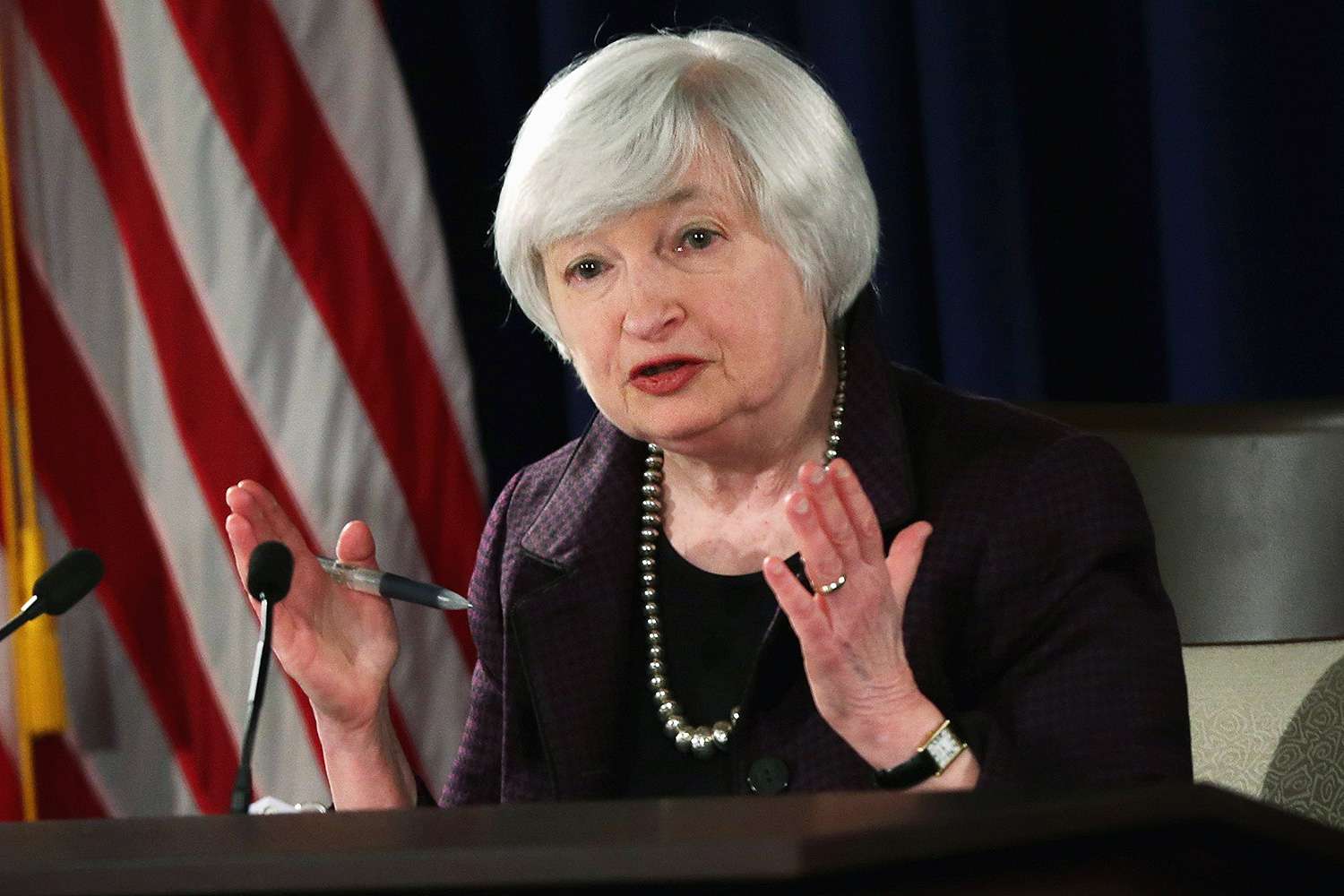How will the US dollar move if the US defaults?
If the debt ceiling binds, and the U.S. Treasury does not have the ability to pay its obligations, the negative economic effects would quickly mount.

US Treasury Secretary and former Fed Chair Janet Yellen said that a default could jeopardize confidence in the US dollar as a global reserve currency.
>> Concerns about the US dollar’s global role
Mr. Steve Barrow, Head of Standard Bank G10 Strategy, doesn’t think that the US debt ceiling talks will fail and the US will default. But he said he would be wrong, and, even if he is not, discussions over lifting or suspending the debt ceiling could go right down to the wire in June, possibly resulting in downgrades from rating agencies and causing significant financial strain in the process. However, while the possibility or reality of default would be disastrous for any other currency in the world, it is not the case for the US dollar.In fact, the US dollar is more likely to rally if the US defaults.
US Treasury Secretary and former Fed Chair Janet Yellen said that a default could jeopardize confidence in the US dollar as a global reserve currency. We might expect such hyperbole from a Treasury Secretary who’s clearly desperate to avoid such an outcome, but few in the private sector would probably disagree with her remarks. A default would, for instance, put in question the willingness of overseas investors to hang on to the $7 trillion plus of treasuries they hold, which is some 30% of the marketable treasuries in existence. Surely sales of even a modest proportion of this huge sum would hammer the dollar, with any impact exacerbated by the speculative community’s rush to sell the greenback.
So why do many think the US dollar is more likely to rise if there is a default? Mr. Steve Barrow said the answer would lie in the way US assets are bought by foreign investors, for, as we’ve talked a lot about recently, investors don’t tend to buy US dollars in order to purchase treasuries but, instead, borrow US dollars, and this makes a big difference when it comes to the US dollar’s reaction when a crisis strikes.
We can use data from the BIS to show how FX borrowing dominates FX purchases and sales. In its 2022 survey, the BIS reported that FX and currency swaps accounted for some 52% of daily FX turnover compared to 28% for spot trading. So called "other financial institutions", which largely means non-banks, are the biggest users of the FX market at just under the 50% mark and make hefty use of swaps to fund asset positions.
Essentially, investors who purchase US treasuries fund this by rolling over FX swaps on a fairly frequent basis, adjusting the size of the hedge based on changes in the asset's value.What’s more, even asset purchases in non-dollar instruments are most often transacted through the dollar, as the dollar is on one side of around 90% of swap transactions. Should the value of treasuries plunge, because the US defaults, investors would become overhedged and, in many cases, would buy dollars in the spot market to adjust their funding. This is one reason why FX markets are particularly focused on end-month or end quarter FX fixings.
>> Can the US dollar keep going up?
However, these end-period fix adjustments (which tend to push the dollar up if US assets have fallen in value) just reflect the normal management of positions by investors. In a crisis, like a default, or as we’ve seen in the past, a Russian invasion of Ukraine (2022), a pandemic (2020), or a global financial crisis (2008) these adjustments don’t wait until month-end or quarter-end. Instead, investors rapidly adjust to the fact that their short-dollar positions exceed the (lower) value of the asset that was funded with the borrowed dollars.
If this happens in a hurry, a shortage of dollars can develop, particularly in less liquid FX markets, and policymakers are forced to step in, often by accessing dollars through swap arrangements with the Fed. As we’ve just mentioned, we have seen this playbook on a number of occasions in the past. The question is whether it would play out again in the rather extreme case of a US default.
"We tend to feel that it would play out to an even greater extent, meaning even more dollar strength. In other words, even if the crisis originates in the United States, crises equal dollar strength.But, as we said at the start, we don’t expect a US default, and hence we don’t expect this scenario to play out. In fact, if it does not play out and the debt ceiling issue is dealt with in a reasonably smooth way it could actually push the dollar down as asset prices rise and investors in the US are left underhedged", said Mr. Steve Barrow.








